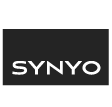 https://www.synyo.com/wp-content/uploads/SYNYO-NEWS-featured-image-NEW01007705EN.png
400
459
leo
https://www.synyo.com/wp-content/uploads/2017/09/synyo-logo.png
leo2025-01-01 10:47:112025-02-10 10:48:51BOND: Outcomes in Advancing Education, Tolerance and Heritage Preservation to combat Antisemitism
https://www.synyo.com/wp-content/uploads/SYNYO-NEWS-featured-image-NEW01007705EN.png
400
459
leo
https://www.synyo.com/wp-content/uploads/2017/09/synyo-logo.png
leo2025-01-01 10:47:112025-02-10 10:48:51BOND: Outcomes in Advancing Education, Tolerance and Heritage Preservation to combat AntisemitismARMOUR
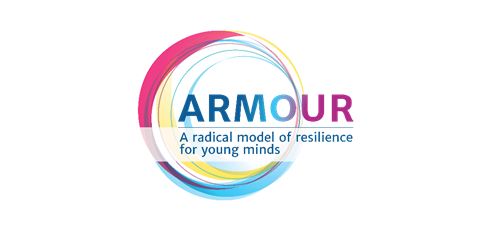
ARMOUR: Modelling a preventative approach for addressing the vulnerabilities leading to radicalisation
Polarisation is both a mental construct and a multidimensional phenomenon generated by the inability of multiple social actors to properly address sensitive issues in the public sphere such as those motivated by cultural, economic, and political discourses, narratives within the current migration context, hate speech (off- and online), radicalisation, violence, or crime, among others. All these issues might disrupt the socio-political cohesion within the social fabric and therefore need to be addressed through prevention and intervention.
Despite the efforts and investments that Europe has allocated to counter-terrorism policies and interventions over the past decades, practitioners within Member States yet continue to find it challenging to measure the effectiveness of prevention and counter measures, provide identity strengthening tools which work for a diverse range of individuals in the community, efficiently employ new tools to moderate voices and provide effective alternative narratives to extremist and polarizing ones.
The ARMOUR project provided a concrete response to these challenges and an illustration of measures one could undertake to successfully deal with such problems. The project explored models of intervention, capitalizing on the capacity of individuals, civil society, and institutions’ representatives to occupy public discourse and help maintain the social cohesion within the natural differences. As a result, the ARMOUR Model was produced as a preventative approach to address the vulnerabilities which feed the breeding ground for radicalisation.
The ARMOUR Model
ARMOUR adopted a methodology based on a two-fold assumption: countering radicalisation in Europe can be successfully done by addressing root causes through education and building strong partnerships at the local level to help mobilizing local communities. Following this concept, the project explored three main areas of intervention:
- individual capacity building in the face of adverse conditions;
- community empowerment and resilience to social polarisation, radicalisation, and violent extremism; and
- moderate and proportionate response of the governmental and security institutions against provocations and latent conflicts.
ARMOUR evolved upon the creation of experimental labs, where special attention was placed on developing and testing individual capacity building and social skills of support. The labs represented a safe environment where participants could experience alternative ways of responding to push and pull factors of social polarisation and extremism. The project team emphasized the process of internalizing and further facilitating learning by others of practical, hands-on strategies and personal skills of conflict resolution, peace building, critical thinking, anger management, proportionate response, etc.
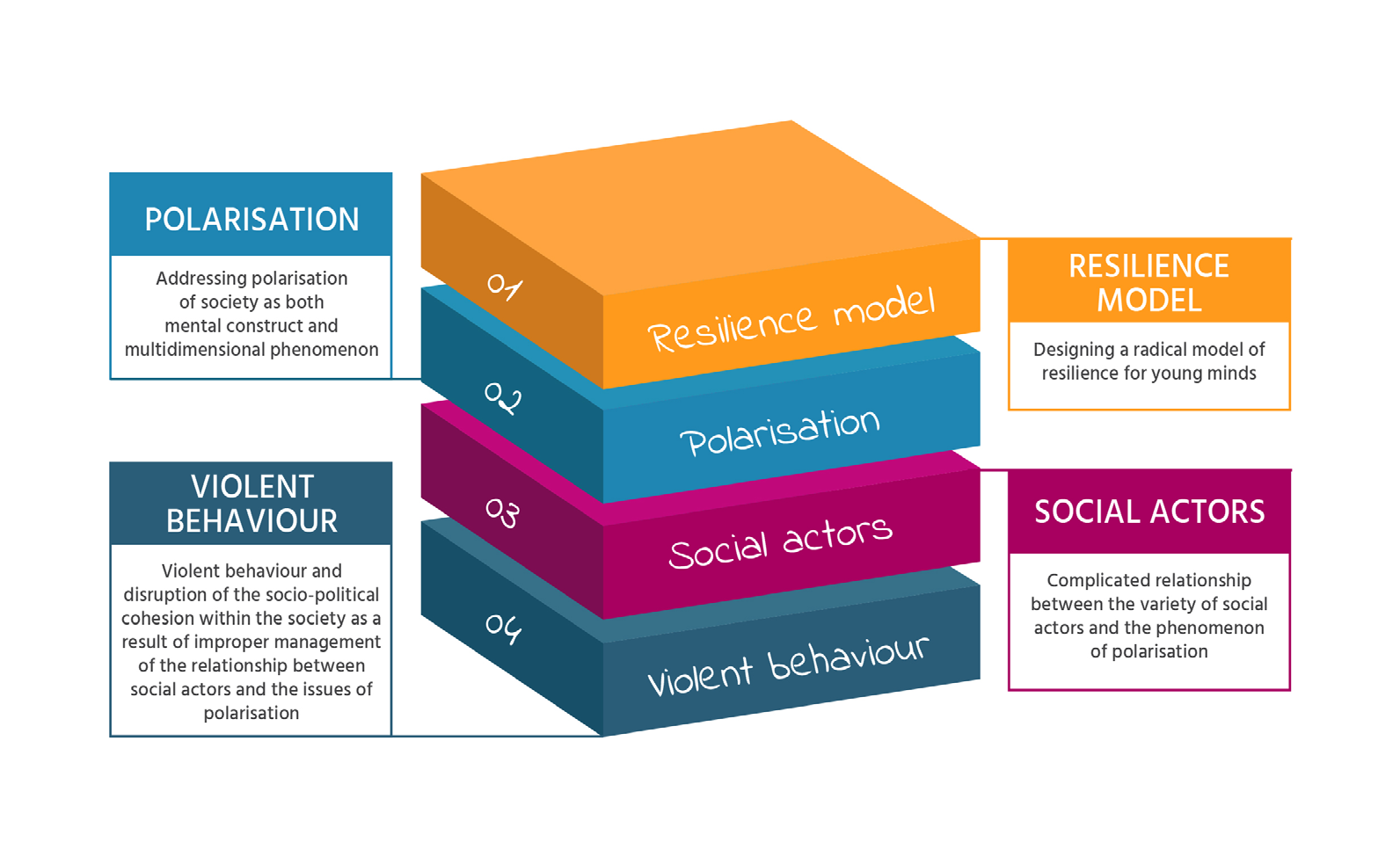
ARMOUR building blocks
ARMOUR sought cost-effectiveness and accessibility of its experimental model by focusing not only on the nature of the model itself but also on how it could be implemented. The labs’ concepts were expanded in an interdisciplinary model of learning helping individuals and mainstream communities build resilience to ideologies and behaviours specific to violent extremism. The project aimed at both existing and potential ‘influencers’ to model youth’s opinions by integrating skills on how to
- create a message that deals with common concerns and interests of the middle ground society;
- develop critical thinking so as to delineate propaganda from solution-oriented discourse;
- capitalise assertiveness and emotional intelligence into mediating speech that engages and connects with the diverse categories of the silent majority; and
- use anger management and conflict resolution to contain and push back the discourse of the radical pushers and joiners.
This resulted in a series of training activities dedicated to first-line practitioners working with young people between 10 and 18 years of age (teachers or training assistance, social and youth workers, psychologists, law enforcement officials and security experts, representatives of civil society organizations working with youth, etc.).
The ARMOUR Toolkit
ARMOUR went through three research and development phases: research, experimenting and training. The outcomes were taken up and processed for creating the ARMOUR toolkit. A variety of tools were produced by the ARMOUR Project to help first-line practitioners working with youth, age 10-18, to address the vulnerabilities serving as a basic ground for radicalisation. The full set forms the ARMOUR Toolkit being the theoretical guidelines and hands-on materials visualizing and explaining the ARMOUR Model. The ARMOUR toolkit is available in English, Spanish, Italian, Romanian and Bulgarian.
It includes material on radicalisation through the ARMOUR looking glass as shown in the following figure.
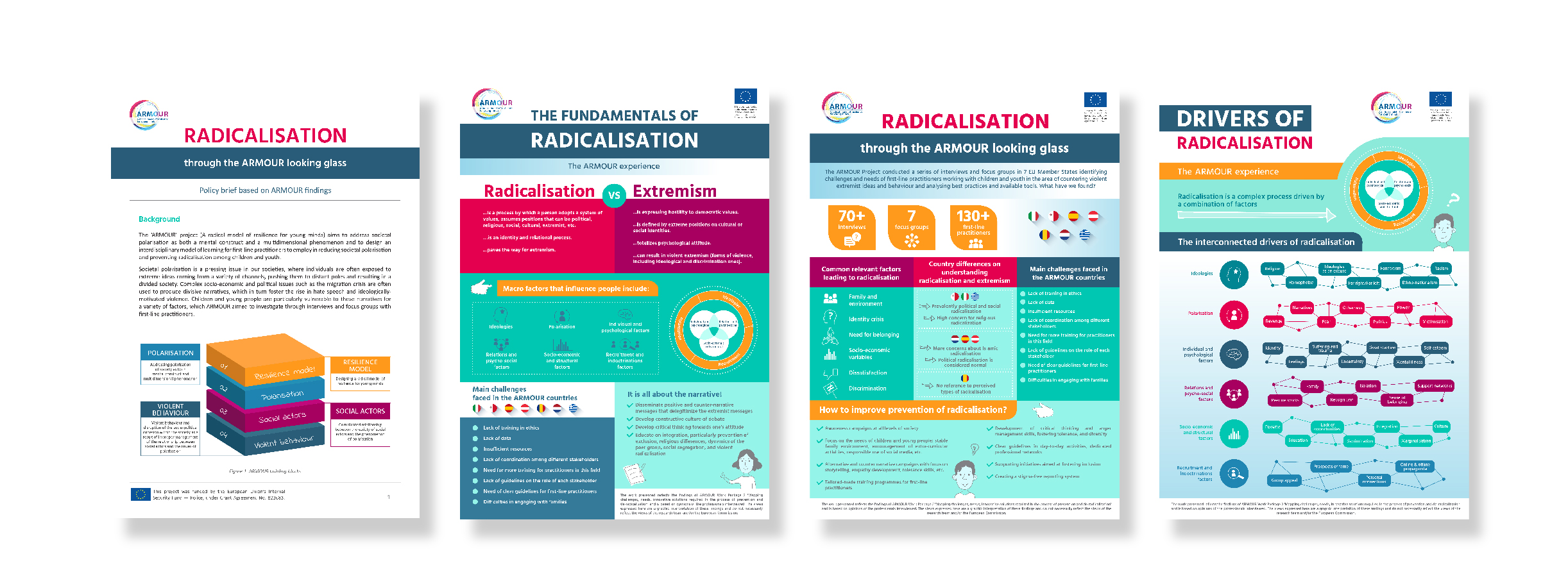
It also includes Trainer’s Manuals in different languages as well as the train-the-trainer programme and manual on Preventing Youth Radicalisation.
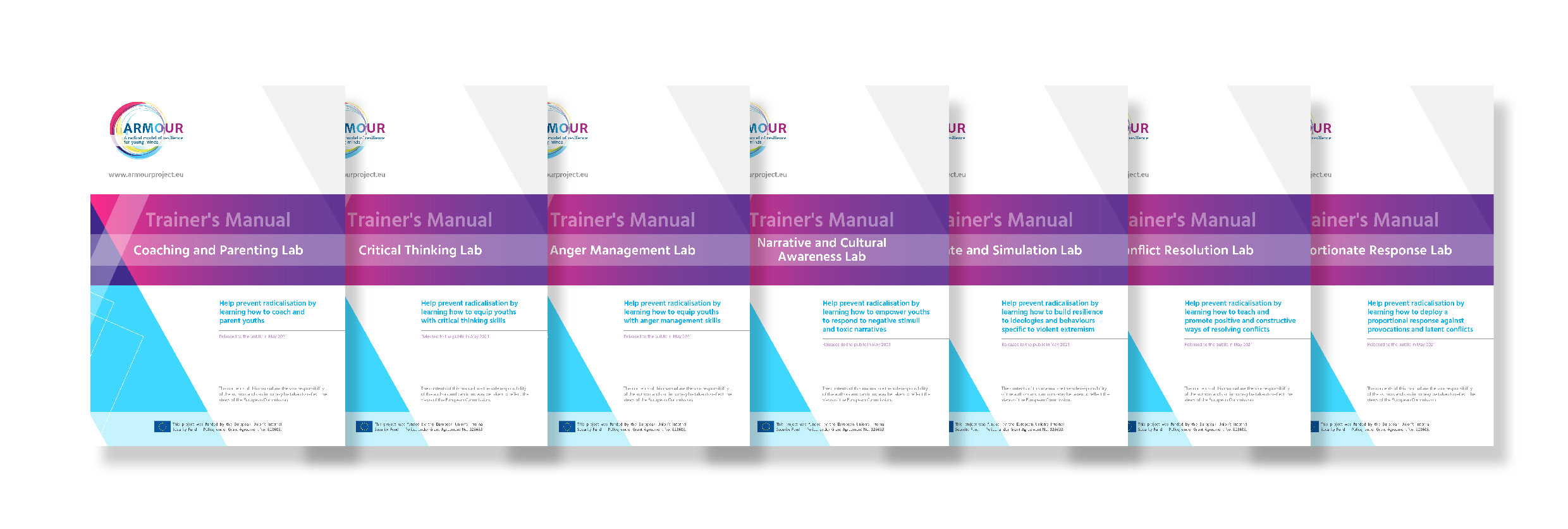
Furthermore, it also includes workshops as well as an eLearning Course on Preventing Youth Radicalisation and further material.
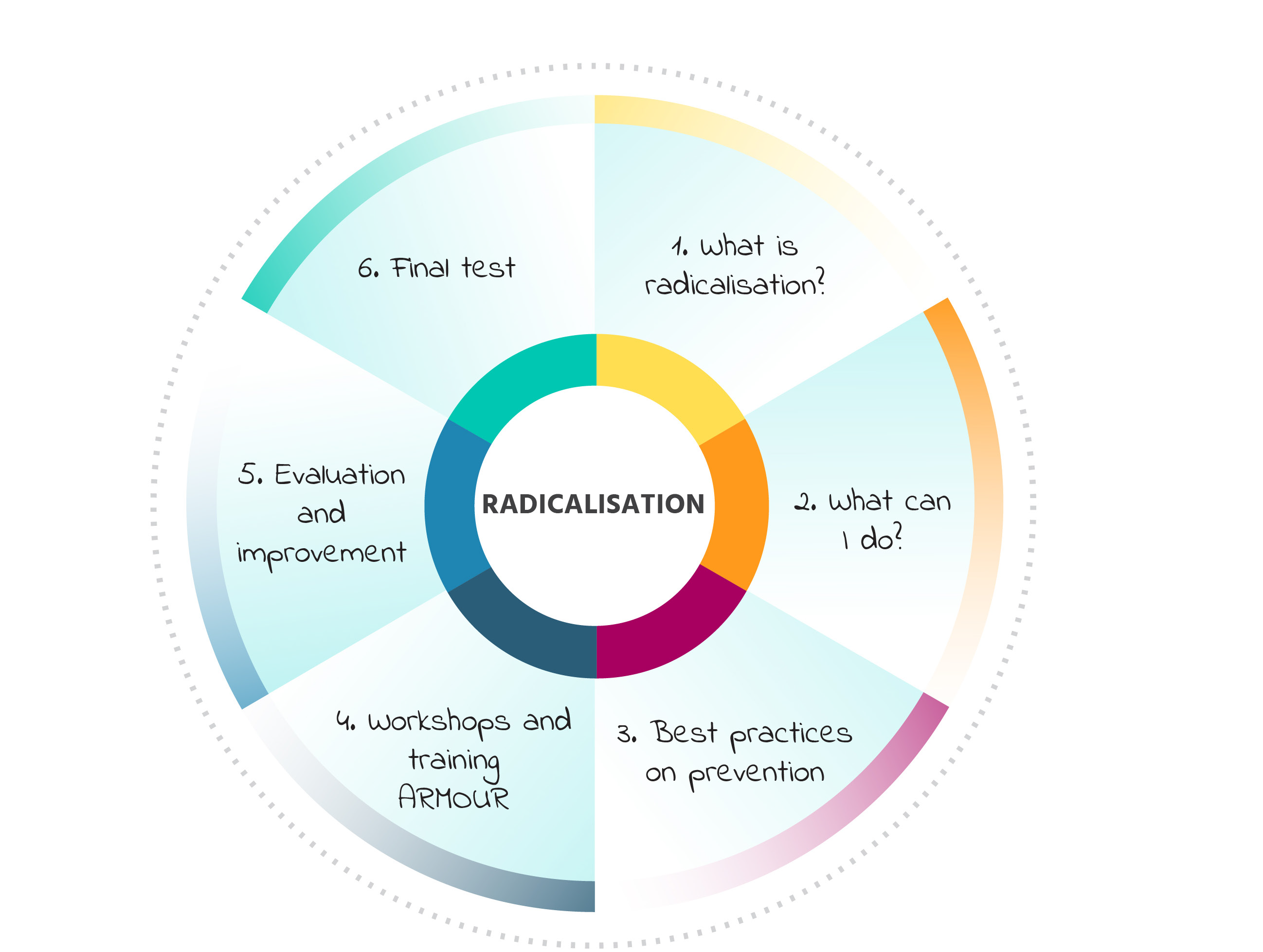
Using the ARMOUR Model in Practice
The tools developed link to one another to provide for an all-round long-term preventive approach by building upon individual and community competences and state response. The following figure presents the full ARMOUR training cycle and a guide on how to use the model in practice.

